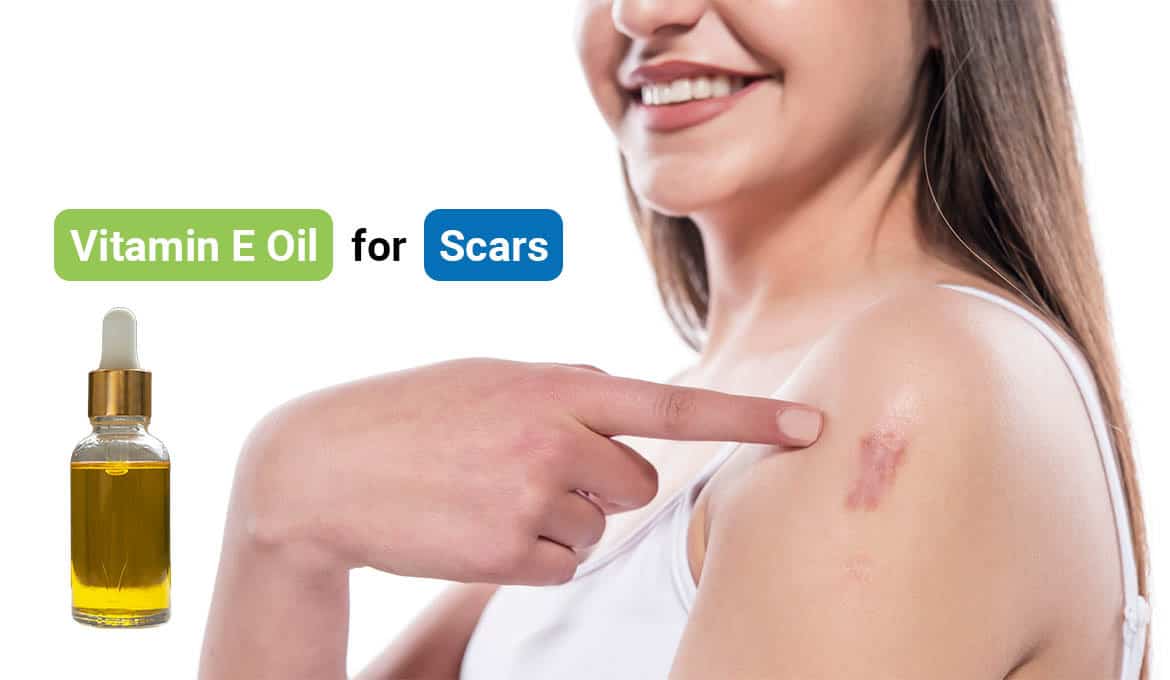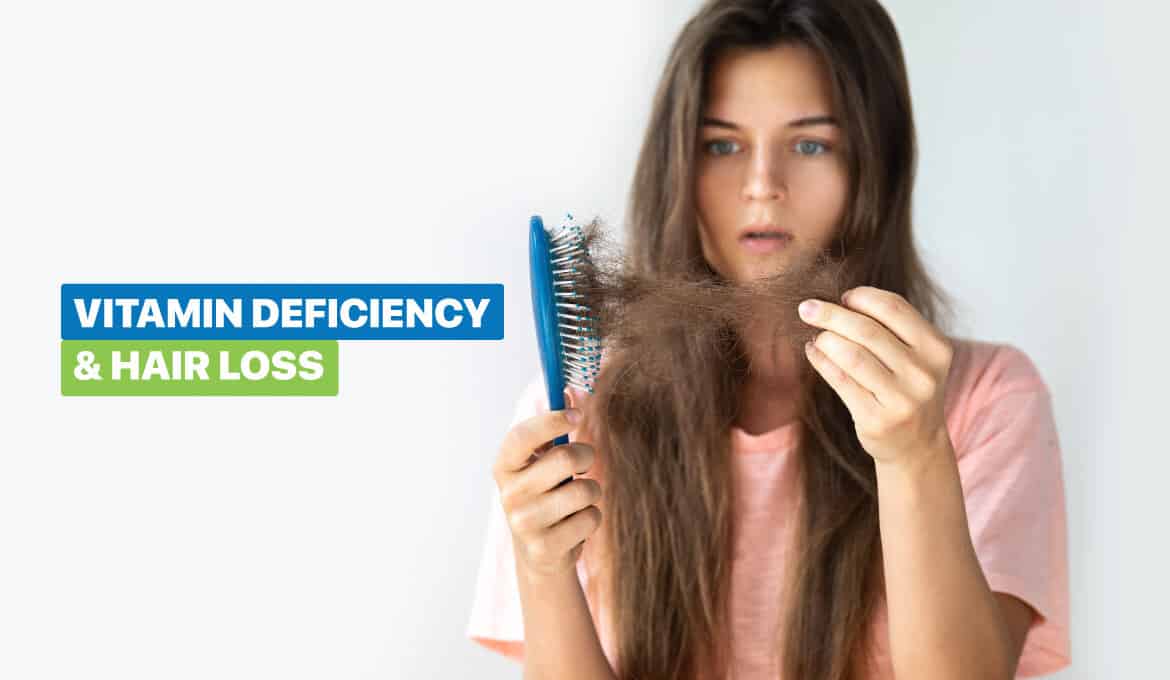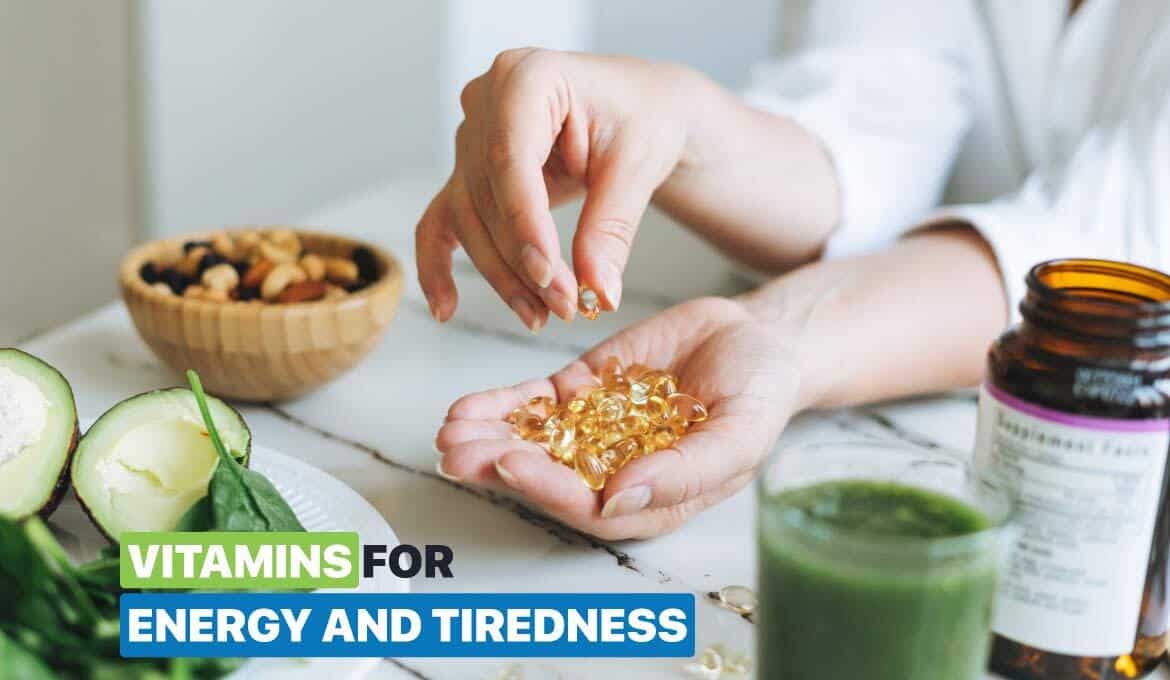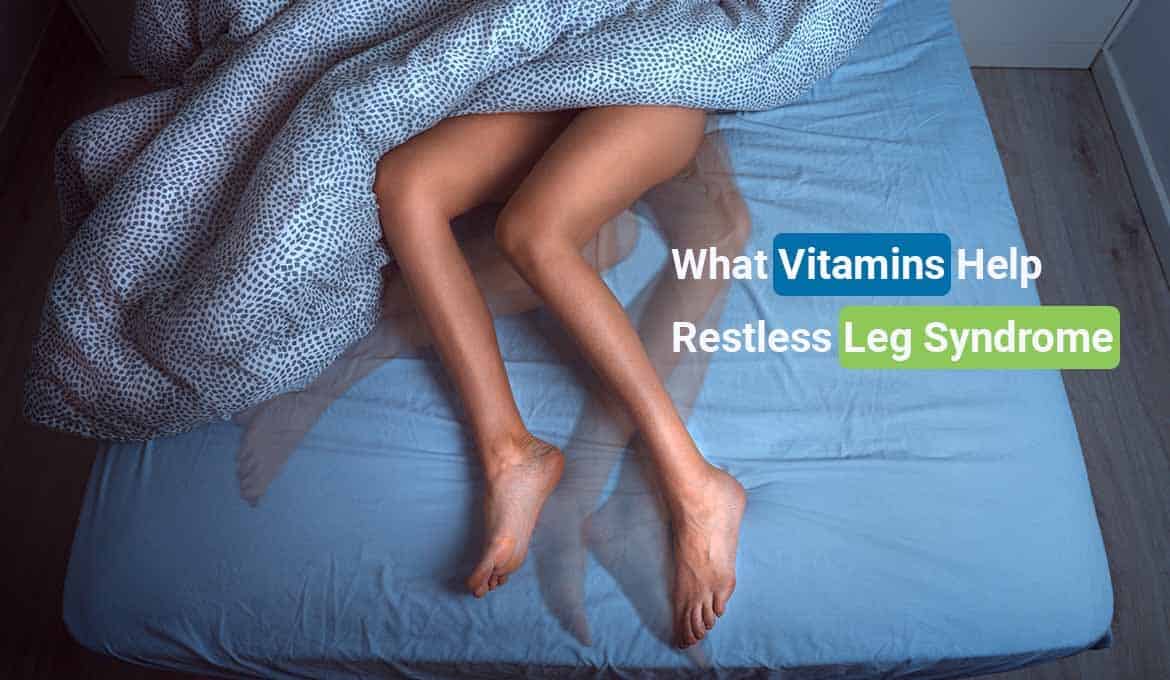
Have you come across people suggesting Vitamin E oil for healing scars? Vitamin E oil has some fantastic health benefits, but can it really help heal your scars? Well, here is what you should know about Vitamin E.
Vitamin E oil helps moisturize the skin and nourish it. It is considered an ideal supplementation to your regular skincare routine and boosts the skin’s nutrition profile and outlook.
Scars are the body’s natural way of healing wounds. A scar appears as a part of the biological process of healing wounds in the skin and other damaged tissue.
Most wounds, except the minor ones, leave scars on the skin. Scars are also caused due to accidents, surgeries, and skin conditions like acne. Generally, scars fade away on their own over a period of time.
In this article, we will discover the benefits of Vitamin E and whether it helps remove the scars on the body. Let’s learn what vitamin E is and how effective it is in healing scars.
What is Vitamin E?
Vitamin E is a group of fat-soluble substances with specific antioxidants. Antioxidants protect your skin from cell damage caused due to oxidative stress caused by free radicals.
If the level of free radicals increases in your body it might lead to severe health conditions such as cardiovascular diseases and cancer.
Some food items naturally consist of Vitamin E. You may also find Vitamin E in ready-to-eat food items, multivitamins, and other dietary supplements.
Some studies suggest that the natural sources of Vitamin E include sunflower oil, olive oil, whole grains, spinach, and nuts. Vitamin E can be taken as an oral supplement or a topical oil.
Uses of Vitamin E
Vitamin E’s benefits are derived from two important factors: its antioxidant properties that might reduce inflammation and cell damage and its moisturizing properties.
Some claimed benefits of Vitamin E include:
Moisturizing skin:
Vitamin E is used in many moisturizing products to prevent dry and flaking skin.
Prevents skin cancer:
According to a study conducted in 2013, mice were given Vitamin E supplements and found that they were less likely to develop skin cancer even when exposed to large quantities of ultraviolet rays.
This prompted some Vitamin E supporters to claim it can treat skin cancer.
Reduces skin itching:
Vitamin E gives you temporary relief from itchiness. However, it does not help heal allergic reactions, infections, and other skin problems.
How do scars form?
Scars are caused when the deep thick layer of the skin known as the dermis is damaged. The body produces fresh collagen fibers to treat the damage, which results in a scar. The new tissue will have a different texture and quality than the old skin.
The scar is formed when the wound is healed completely. There are various types of scars, and most of them are flat and pale. In most cases, scars are formed when the body produces more collagen.
These scars are called hypertrophic scars or keloid scars. This type of scar is common in young and dark-skinned people. Some scares caused due to skin problems such as chickenpox and acne will have a sunken or pitted appearance.
Pitted scars are also known as atrophic scars or ice-picked scars and formed due to injury that causes underlying fat loss. Scars can also appear as stretch marks caused by pregnancy, weight loss, or gain.
Types of Scars
Scars can occur anywhere on the body, and there are various types of scars. They include:
Stretch marks
Scars appear when your skin expands or shrinks quickly, damaging the connective tissues under the skin.
Often stretch marks develop during puberty, pregnancy, gaining weight or losing a lot of weight, and if you workout regularly. Generally, stretch marks can be seen on the breasts, thighs, stomach, and upper arms.
Depressed (Atrophic) scars
These types of scars often appear due to chickenpox or acne. These scars look like round pits, small holes, or a cut in the skin. They are also known as ice-pick scars, often appearing on the face.
Over time acne scars become more noticeable as you age because the skin loses collagen and elasticity.
Contracture
Contracture scars develop after a burn and cause stiffness in the skin and make it difficult to move, especially when a scar gets into muscles and nerves or develops over a joint.
Flat
This scar is slightly raised in the early stage and flattens as it heals. Flat scars are often pink or red. They become somewhat lighter or darker around the skin over time.
Keloids
Keloid scars are usually lumpy and develop over skin injuries and spread beyond them. But it generally appears on the earlobes, cheeks, shoulders, and chest. The overgrown scars might get big and affect movement.
Raised scars (Hypertrophic)
These scars are similar to the keloids but do not spread beyond the injury. They might get smaller, but they don't flatten like keloids.
How can scars be treated?
Although scars cannot be treated completely, their appearance can be lightened and improved to a certain extent. There are some methods by which scars can be improved. They include:
Topical treatments
A topical medication is applied in the affected area of your skin or body to treat pain, scars, or other skin problems.
Topical medications include Vitamin E, silicon gel, cocoa butter, onion extract, and other skin care products such as Vaseline and Aquaphor that are available over the counter and might sometimes be effective in healing scars.
Steroid injections
Injecting steroids into scars can flatten them and soften their appearance. This is especially helpful with scars protruding from the skin, like keloid or hypertrophic scars. Steroids can be injected into them to reduce appearance, itchiness, and pain.
Surgery
Surgery can help you cover the scar's shape or make it lighter. However, surgery doesn’t remove scars. If you have hypertrophic scars, surgery is not recommended because there might be a risk of severe scarring from treatment.
Laser treatment
Laser treatment is becoming more popular as it can lighten scars and make them unnoticeable. The benefits of laser treatment include,
- Blocks the scars and keloids
- Reduces the existing scars
- Treat depressed acne scars
- Reduces scarring after surgery
- Reduces pain, itchiness, swelling, and hardness.
Studies have shown that laser treatment and pulse-dye treatment are found to be effective in treating scars.
Does Vitamin E help heal scars?
When it comes to scars, you get an ‘N’ number of suggestions from people. The most common myth is that Vitamin E significantly improves the appearance of scars. However, medical evidence and research don’t suggest the same.
The belief that Vitamin E is effective for scar treatment roots from its popularity as an antioxidant that improves skin health.
However, most research has shown that applying Vitamin E to scars doesn’t improve or heal their appearance. It might lead to adverse effects instead.
Several other unfounded claims are made about scar removal, these include the use of garlic, saliva, lemon, and almond powder. However, there isn’t enough evidence to confirm the efficacy of any of these methods.
Vitamin E can have several other benefits for the skin. Primarily it is a great moisturizing agent and can protect your skin from damage caused by external factors when used as a topical moisturizer.
It can be especially helpful for those faced with eczema, dry skin, itchy skin, and psoriasis. It is also a great topical agent to treat skin damage caused by exposure to UV radiation. This includes conditions like edema, swelling, erythema, and wrinkling.
Vitamin E can have other cosmetic benefits for the skin as well. This includes tightening the skin and imparting a glow to your skin.
However, vitamin E’s benefits do not extend to treating scars caused on the skin. It is advisable to consult a dermatologist when looking to treat any scars.
Conclusion
Vitamin E is a great source of antioxidants found in many seeds, nuts, oils, meat, and vegetables. It is essential for the effective functioning of many organs in the body.
Vitamin E has many health benefits, including boosting the immune system and keeping the eyes healthy. Some assume that Vitamin E removes scars, but the evidence is inaccurate.
Also, much research has observed that there is no potential evidence that supports Vitamin E healing scars. Therefore, consuming or applying vitamin E can have several benefits for you, but healing your scars is not one of them.
FAQs
1. What are good dietary sources of vitamin E?
Ans: Some good dietary sources of vitamin E are almonds, peanuts, sunflower oil, pumpkin, bell peppers, and avocado.
2. Is vitamin E good for hair?
Ans: Vitamin E is considered excellent nutrition for your hair, and topical application can leave your hair smooth and shiny.
3. What are the benefits of vitamin E for the skin?
Ans: Vitamin E is primarily used as a moisturizer for the skin. It is especially effective in treating any skin conditions caused by dry skin, like itching and psoriasis. It can have several healing effects on the skin as a topical agent.
4. Is it possible to consume vitamin E orally for its benefits?
Ans: Aside from topical application, you can take vitamin E orally. The RDA (Recommended Daily Allowance) for vitamin E is 15mg daily. You can either get it from your diet by consuming food like peanuts, almonds, and avocado or take multivitamins containing sufficient amounts of vitamin E.
Read Also:






